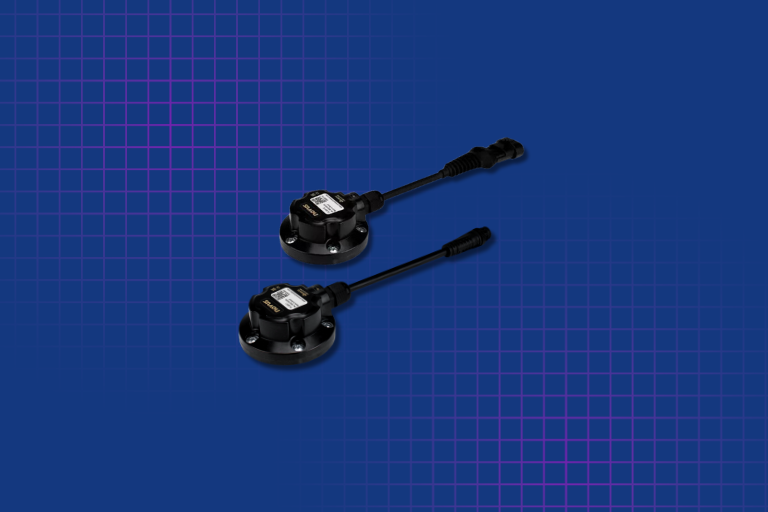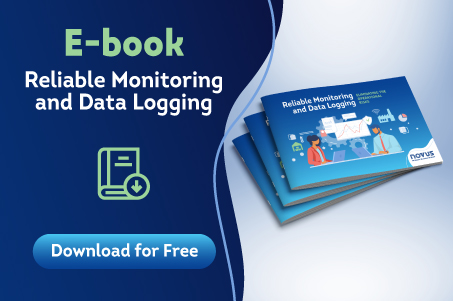How the TL400 level sensor was developed
The new TL400 non-intrusive level sensor uses ToF LASER technology, not the LASER technology already used in level measurement applications. Differentiating itself from what is already available, understand how the NOVUS Research and Development team created an innovative device. The person reporting is NOVUS’ CTO, Sandro Santos.
“Looking back, at the finish line of the TL400 project, the new NOVUS level sensor with LASER technology, it is worth sharing some details and lessons learned.
Before project development began, we had several technologies available to add to the product. These include hydrostatic measurement, ultrasound, infrared LASER ToF (ToF = time of flight) and LiDAR. The answers to the questions below formed part of the criteria used to guide the choice of one of these:
- What applications should the product serve?
- Which technology would allow us to have a product available faster?
- Which one offered a more general solution?
We ended up choosing the ToF LASER solution, whose physical measurement principle differs from pure LASER technology, although it uses it as part of the solution. We felt that this option was very versatile, as it could serve multiple applications and had many advantages, such as:
- Be compatible with various levels of ambient brightness
- Applicable in very diverse scenarios: liquids, solids with smoke, reflective materials, tanks with dust, tanks under pressure, tanks with liquid splashes, etc.
- Waterproof technology (still works even when wet)
- It was resistant to various medium: water, oil, solids, etc.
- Good cost
- Extremely flexible configuration, adaptable to countless variables
There is always more than one possible direction in the development of a product, and all of them will present some type of challenge to be solved. Problems that arise during development must be faced head on. In other words, after making the decision, we should not simply regret the choice and go back to the beginning with each problem we encounter.
Reliable level sensor: tried and tested
The partnership of an “early adopter”, that is, a customer interested in the solution that helps us develop and test the product, was fundamental in all of NOVUS’ most recent launches. In this specific case, the early adopter allowed us to have a concrete application to focus on and solve.
The application requested by the partner was quite challenging, as it required measuring the level of liquids in moving tanks. In this case, the product’s Bluetooth interface was essential. In addition to simplifying the configuration of the level sensor by the customer, it also enabled our team to monitor in real time the diagnosis of measurements and internal parameters of the prototypes during testing.
We realized, during development, that correct filtering of the read signal is very important and much more complex than we had initially imagined. Several different models and algorithms were tested until we found the most suitable one for the application.
The manufacture of an innovative level sensor
For the TL400, when it comes to the manufacturing process, we implemented the ultrasonic housing closing process in our factory. This step makes it possible to seal the product without the need for screws, for example.
And then, another challenge presented itself: considering the product was sealed, it was difficult to access the product parameters during testing and calibration in the manufacturing process. How would our Test Jig read and write to the product? To do this, we had to adapt our Jiga to communicate with the product via Bluetooth, a solution achieved not without some work, but effective. Another challenge resolved.
It’s incredible how, when we focus a lot on the most innovative aspects of a project like the TL400 level sensor, we surprise ourselves with the work that other theoretically simpler aspects end up demanding. Among these, we can mention the implementation of the firmware update (embedded software) in the field through the Bluetooth interface and the inclusion of the product in the SigNow configuration software.
In other words, challenges exist at various stages of development. Only a more detailed view reveals how much the implementation of some functionality can be simpler or more laborious than initially imagined. In our experience, more work!
Finally, something essential in this project was the multidisciplinary nature of the NOVUS development team, which included professionals from Electrical/Electronic Engineering, Mechanical Engineering, Physical Engineering, Computer Engineering, Information Systems, among others. Each person contributed their expertise and experience to ensure the success of the project, overcoming the various obstacles that arose.”
Read more:
How to choose a level transmitter: Ultrasound, radar, or laser?
Level measurement in industrial processes: New solutions to complex challenges

















